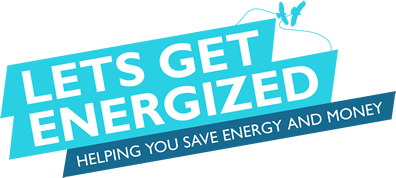Electric Vehicles, An Unstoppable Market Force
Worldwide increase in demand for EV’s.
The Nissan Leaf is the world leader in number of cars on the road and increase in sales but all makes are up. Although total numbers are small, less than million worldwide, EV’s arre coming on market in a world dominated by ICE’s for a hundred years. The infrastructure for EV’s is just beginning and the technology is in it’s infancy. What is evident is that there is a market demand for EV’s and that demand is growing as consumers become familiar with EV’s, the number of models grows and the infrastructure comes on line.
http://cleantechnica.com/2015/03/28/ev-demand-growing-global-market-hits-740000-units/
Battery costs are falling more rapidly than predicted.
In 2007 lithium-ion batteries were priced at US$1000 per kWh. By 2014 the price ha fallen to US$300 per kWh. This has been due to increased demand and technological improvements in both the batteries and the manufacturing process. At this pace the US$150 price should be reached within the next few years as Tesla and Nissan bring their mass battery production facilities on line and further improvements are made to the batteries themselves. EV’s will be price competitive with ICE vehicles when the US$150 range is reached. At that same time consumers will be over the range phobia that has held up sales, the EV’s offered will have increased range and probably recharge more quickly. Those that own or rent a living space that makes charging at home possible will find it hard to resist a vehicle that is much cheaper to operate than an ICE vehicle.
http://www.rtcc.org/2015/03/23/falling-battery-prices-boost-outlook-for-electric-vehicles/
Environmental benefits of EV’s will lead to faster adoption.
Mass adoption of EV’s would lead to less environmental devastation caused by fossil fuel extraction and transport, less smog in densely populated areas and cooler cities as well as other benefits. Certainly there is an environmental impact to manufacturing EV’s but the vehicles themselves have far fewer parts than ICE vehicles and therefore manufacturing impact should be less and the battery manufacturing process can be made nearly pollution free if we wish it to be. A recent study at Michigan State University found that EV’s produce only 20% of the heat that ICE vehicles produce. This translates to cooler cities and lower air conditioning costs.
http://www.rtcc.org/2015/03/23/falling-battery-prices-boost-outlook-for-electric-vehicles/
Will other technology jump ahead of EV’s?
Toyota is pushing hard for hydrogen fuel cell powered EV’s but to date they haven’t solved all the technical problems needed to make the fuel cells practical and cheap and the infrastructure is a long way behind the battery infrastructure. But in the end there will be room for both formats. The biggest breakthrough that put a stop to individually owned EV’s is the driverless vehicle movement. If we all have multipurpose hand held device and a driverless vehicle can be summoned with the push of a button to drive us to our destination it would seem far cheaper to have the vehicles owned by a transportation company and just call a car as needed. Of course these vehicles are likely to be either battery or hydrogen EV’s.
Cleaner transportation is inevitable.

At an election hustings last night the failure to grasp the need to focus and do something now about climate change was so obvious from the key parties.
Sure they all make noises but it needs real guts to pioneer and challenge the status quo that is the political classes today.
Right now you have a chance to insist even demand that if any candidate wants your vote then they must champion carbon reduction at far higher levels than the current Dorset target.
Other countries will be mainly renewable before we even achieve modest targets and why ? Old thinking, attachment to fossil fuels, dependance on Nuclear and all totally un-necessary.
Listen to your conscious and vote independently of old baggage or misplaced loyalty.
Vote for the future of generations to come and the Planet.